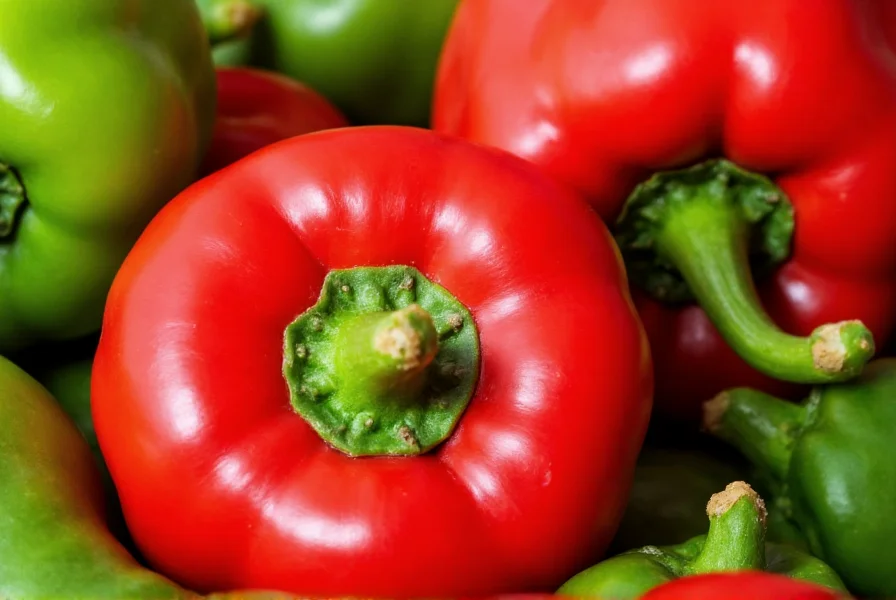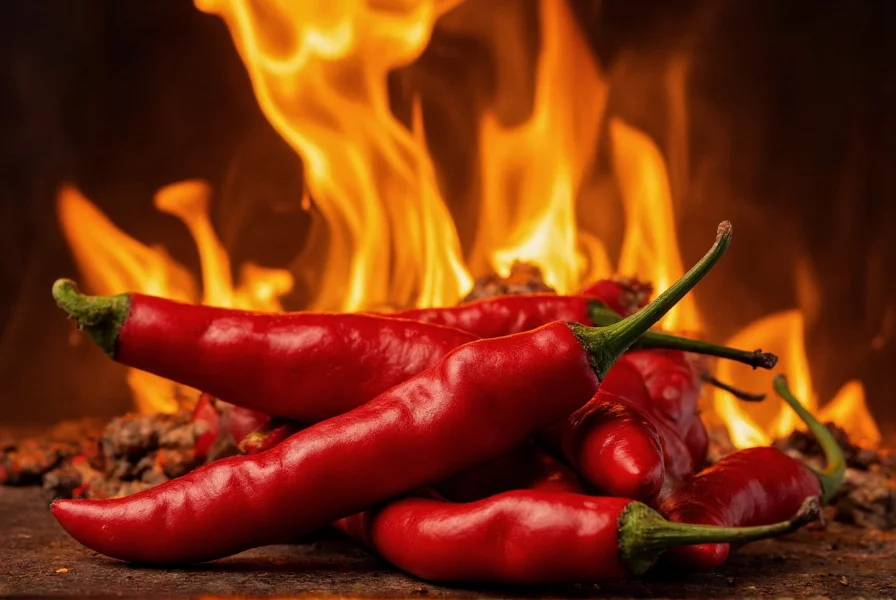Understanding the world's hottest chili requires examining both scientific measurement and practical implications. The Scoville scale, developed in 1912 by pharmacist Wilbur Scoville, remains the standard for measuring chili heat through capsaicin concentration. Modern high-performance liquid chromatography (HPLC) provides more precise measurements, converting results to Scoville Heat Units for public understanding.
The Science Behind Extreme Heat
Capsaicinoids, particularly capsaicin, create the burning sensation when consuming chili peppers. These compounds trigger TRPV1 receptors in the mouth and skin, which normally respond to actual heat. The Carolina Reaper's intense heat comes from selective breeding that maximized capsaicin production while maintaining plant viability.
Evolution of Record-Holding Chilies
The quest for the world's hottest chili has accelerated dramatically in recent decades. Here's how record holders have progressed:
| Pepper Variety | Year Certified | Average SHU | h>Peak SHUDeveloper | |
|---|---|---|---|---|
| Carolina Reaper | 2013 | 1,641,183 | 2,200,000 | Ed Currie (PuckerButt Pepper Company) |
| Trinidad Moruga Scorpion | 2012 | 1,200,000 | 2,009,000 | Natural variety |
| Naga Viper | 2011 | 1,382,118 | 1,349,000 | Gerald Fowler (UK) |
| Bhut Jolokia (Ghost Pepper) | 2007 | 1,001,304 | 1,041,427 | Natural variety (India) |
Pepper X and Unverified Contenders
Ed Currie, creator of the Carolina Reaper, claims his newer Pepper X reaches approximately 3,180,000 SHU based on HPLC testing. However, Guinness World Records hasn't officially certified this measurement. The verification process requires multiple samples tested by independent laboratories following strict protocols. Without official recognition, Pepper X remains a notable contender but not the confirmed record holder.

Physiological Effects of Super-Hot Peppers
Consuming extremely hot peppers triggers significant physiological responses. The body releases endorphins to counteract the perceived threat, creating the "chili high" many enthusiasts seek. However, excessive consumption can cause:
- Immediate burning sensation in mouth and throat
- Nasal discharge and tearing
- Temporary increase in heart rate
- Digestive distress including nausea
- Rare cases of thunderclap headaches
Safety Considerations for Handling
Working with super-hot chilies requires proper precautions. Capsaicin oil can transfer to sensitive areas causing severe irritation. Essential safety practices include:
- Wearing nitrile gloves when handling
- Avoiding contact with eyes or face
- Using ventilation when cutting peppers
- Having dairy products available to neutralize heat
- Never using bare hands after handling

Common Misconceptions About Chili Heat
Several myths persist about super-hot peppers. Contrary to popular belief, the seeds don't contain the highest concentration of capsaicin—the placenta (white membrane inside the pepper) holds most heat compounds. Water doesn't effectively relieve burning sensations; dairy products containing casein work better by binding to capsaicin molecules.
Practical Applications of Super-Hot Peppers
Beyond culinary challenges, extremely hot peppers serve practical purposes. Law enforcement uses capsaicin derivatives in pepper sprays. Researchers study capsaicin's potential medical applications for pain management. In food production, concentrated extracts create consistent heat levels in commercial products without adding bulk.
Future of Chili Breeding
Pepper breeders continue pushing heat boundaries while addressing practical limitations. Future developments may focus on:
- Creating more stable heat levels across growing conditions
- Developing peppers with complex flavor profiles alongside extreme heat
- Improving plant disease resistance for super-hot varieties
- Exploring genetic modifications for specific capsaicinoid profiles
Frequently Asked Questions
What is the hottest chili pepper officially recognized by Guinness World Records?
The Carolina Reaper remains the officially recognized hottest chili pepper by Guinness World Records since 2013, with an average Scoville Heat Unit rating of 1,641,183. While newer peppers like Pepper X claim higher heat levels, they haven't received official certification through Guinness's verification process.
How can I safely handle extremely hot chili peppers?
Always wear nitrile gloves when handling super-hot peppers, avoid touching your face, and work in a well-ventilated area. Never use latex gloves as capsaicin can penetrate them. After handling, wash all surfaces with soapy water and dispose of gloves properly. Keep dairy products like milk or yogurt nearby to neutralize accidental exposure.
What should I do if I eat something too spicy?
Consume dairy products like milk, yogurt, or ice cream, as casein helps break down capsaicin. Avoid drinking water as it spreads the oil. Sugar or honey can also help neutralize the burn. Start with small amounts and wait for relief before consuming more. For severe reactions including difficulty breathing, seek medical attention immediately.
Why do some people enjoy eating extremely hot peppers?
Consuming hot peppers triggers endorphin release, creating a natural "high" that some people find pleasurable. The experience combines physical challenge with cultural and social elements. Many enthusiasts appreciate the complex flavors beyond just heat, and the community aspect of sharing extreme food experiences contributes to its popularity.
Can eating the world's hottest chili be dangerous?
While generally not life-threatening for healthy individuals, consuming extremely hot peppers can cause significant discomfort and temporary health issues including severe stomach pain, vomiting, and in rare cases, esophageal tears or thunderclap headaches. People with certain medical conditions should avoid super-hot peppers entirely. Always consume in moderation and know your limits.











 浙公网安备
33010002000092号
浙公网安备
33010002000092号 浙B2-20120091-4
浙B2-20120091-4